Community grant program to up its funding in 2017
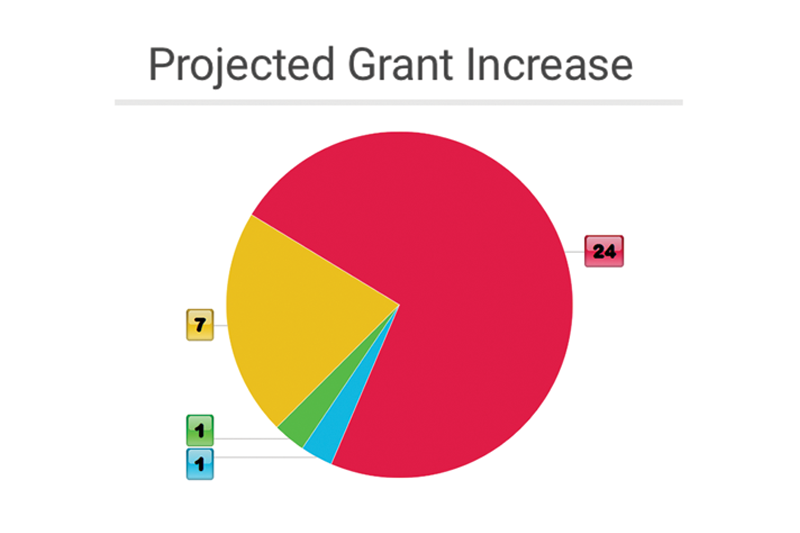

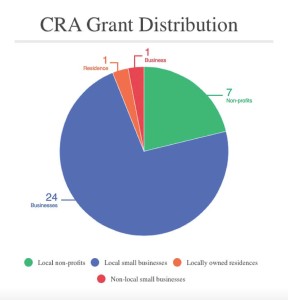 Beyond the numbers and business lingo, the CRA grant is one step in what has been a longtime effort to redevelop what city officials have called a blighted area. The grants are intended to be used to improve the physical conditions of commercial businesses and multi-family housing units to lure more private investments, according to the city’s website.
Beyond the numbers and business lingo, the CRA grant is one step in what has been a longtime effort to redevelop what city officials have called a blighted area. The grants are intended to be used to improve the physical conditions of commercial businesses and multi-family housing units to lure more private investments, according to the city’s website.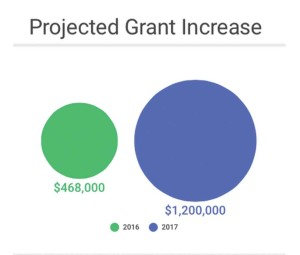 For 2015, the CRA reported $433,000 for funding money that would go to various businesses. Much of that money would be given back as reimbursements for repairs and improvements on property. Moving into 2017, the CRA is expected to increase the amount of money allocated up to around $1.2 million dollars.
For 2015, the CRA reported $433,000 for funding money that would go to various businesses. Much of that money would be given back as reimbursements for repairs and improvements on property. Moving into 2017, the CRA is expected to increase the amount of money allocated up to around $1.2 million dollars.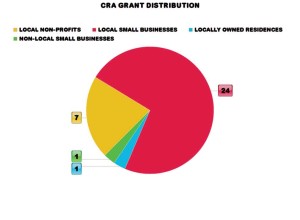 How the grant works
How the grant works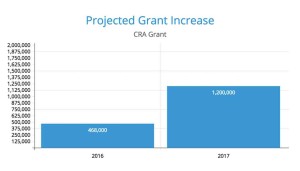 Outreach and criticisms of the CRA
Outreach and criticisms of the CRA